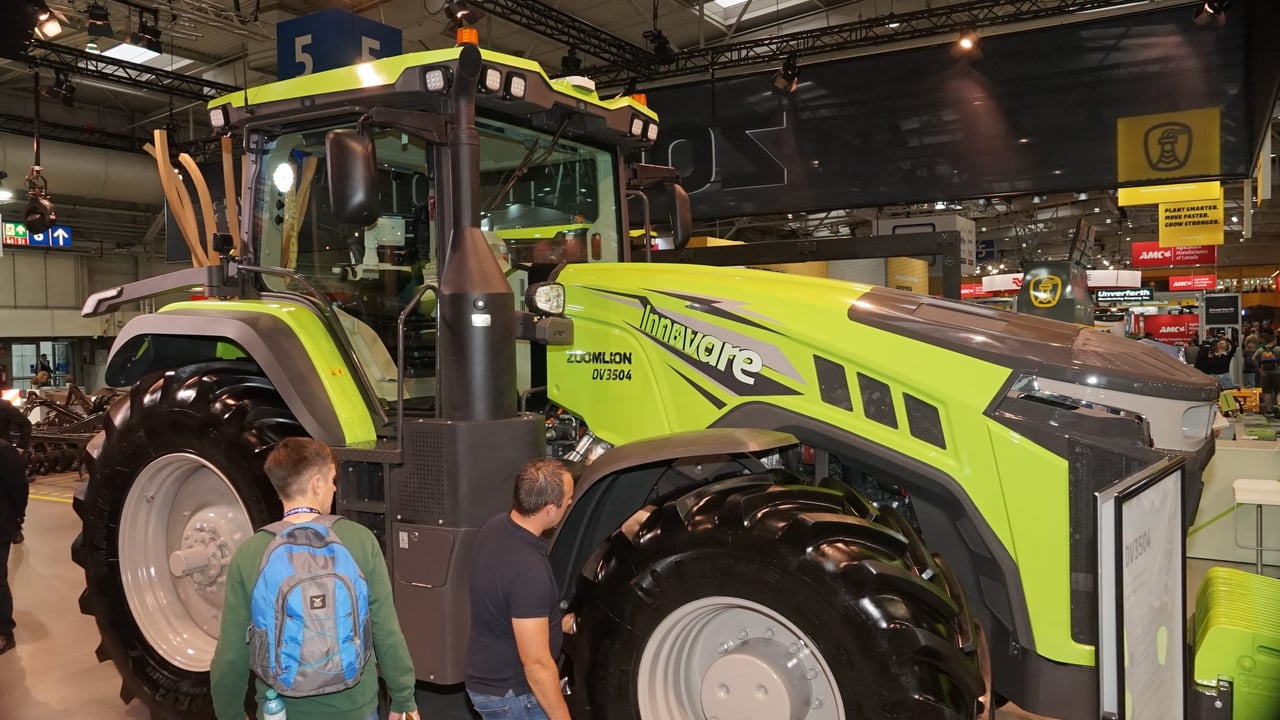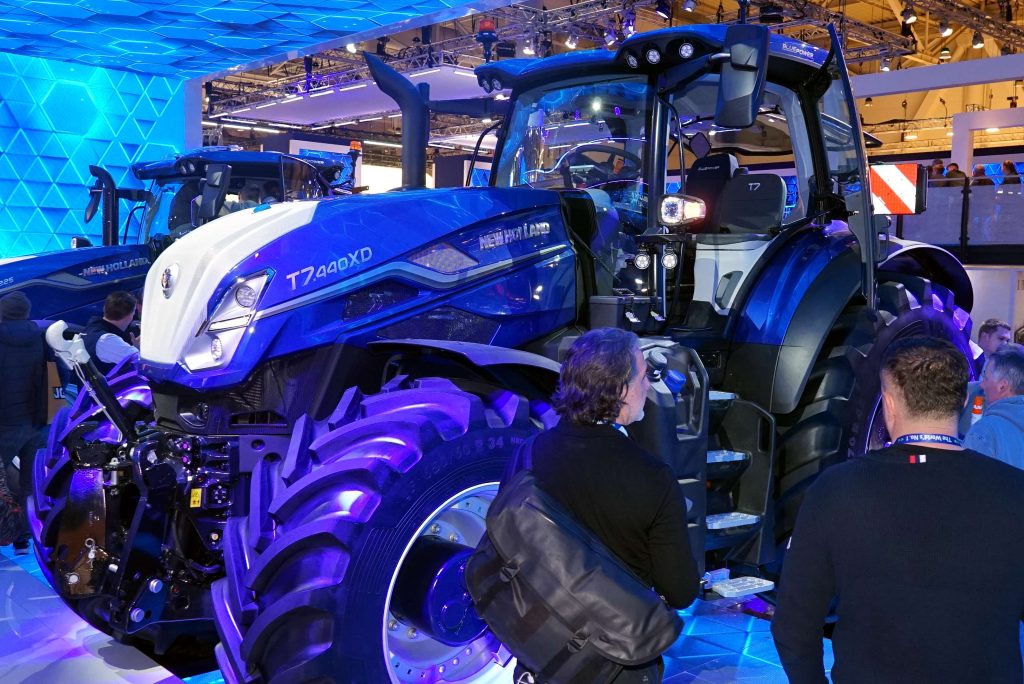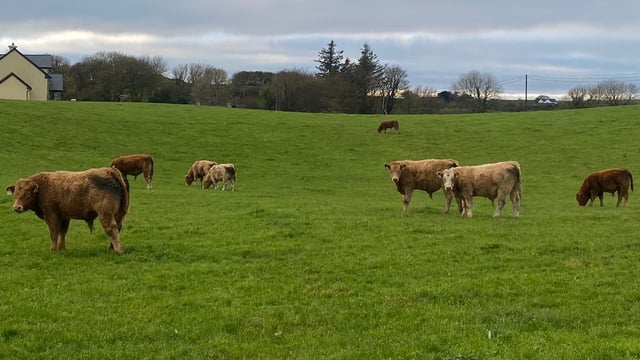The hidden narrative of Agritechnica 2025 as batteries seep in
Agritechnica is vast and quite impossible to explore thoroughly in a day, only an impression can be got from walking around just the big names that have made the trip to Hanover, Germany, but some trends may be noted and the big news got.
This year in particular there was little left to be announced, so busy have the company marketing departments been over the last few months, but there were still one or two surprises to be had.
When it comes to tractors it was Claas and Deutz Fahr with new models to show off to the world. Claas had given the dealers and press a preview of the two new Axions which may not be totally new but they have been re-engineered enough to win Tractor of the Year Award.
New metal
Deutz Fahr, on the other hand, had kept its new models well under wraps with no leakage of news until the moment they were unveiled.
The two new 8 Series TTV tractors offer 313hp and 340hp and are claimed to be new designs from the ground up.
There is a brand new cab, integrated front hitch and front suspension, just the sort of upgrades that might be expected, yet it is what lies under the bonnet that has taken many by surprise.
Gone is the Deutz engine and in comes a six pot unit from FPT. The German company Deutz, and the Italian owned Deutz Fahr, parted company ten years ago so company loyalty is no longer an issue, yet few expected this move.
Engine makers move on
The rationale behind the selection of this power unit is that Deutz appear to have backed off from developing the larger engines in its range for off road applications, a sentiment echoed elsewhere in the halls of Hanover.
FPT has no such qualms with all its customers having been assured that it is business as usual after its takeover by Tata of India in August of this year.
This diversity of strategies between the two companies may be a reflection of the legislative environments which, in Asia, tend not to demand the emission standards found in Europe.
AGCO Power is another which exhibits few inhibitions when it comes to believing the future lies in combustion engines for off road applications, and it has taken the opportunity at Agritechnica to start pushing forward its Core series engines which are now available in four and six cylinder format.
These engines were designed from the outset to run on a variety of fuels rather than be simply adapted from existing blocks and the company is convinced that this is the way forward.
Batteries everywhere at Agritechnica
Meanwhile, the idea of battery powered tractors has not been totally subsumed by the harsh mistress of energy density. Run-times are not increasing dramatically but fast charging and better management of the tractor's operations are increasing their utility.
Where they are used is also evolving, with task specific robotic tractors coming in to displace tractor operations quietly from beneath rather than a brash takeover in the field.
While the simple swapping out of motors for batteries may be fading as a strategy, the use of batteries as a buffer energy store in a hybrid drive system has suddenly gained prominence.
The Chinese-built DV3504 is the epitome of this approach with over 400hp being produced by diesel powered generator which is then transmitted to the wheels by motor buried within the rear axle.
For those who might worry about reliability the company notes that the electrical drive unit has been powering its mine trucks for thirty years.
This then is the message from Agritechnica 2025: It's not the shiny new metal that is now marking progress in agriculture but rather the digital technology, automation and batteries that are changing its face.
Problems still remain; the tractors cannot run unsupervised on the roads while the disposal of the batteries is a problem that keeps being kicked down the road.
But it is happening, and happening a lot quicker than the major manufacturers are able to keep up with.









